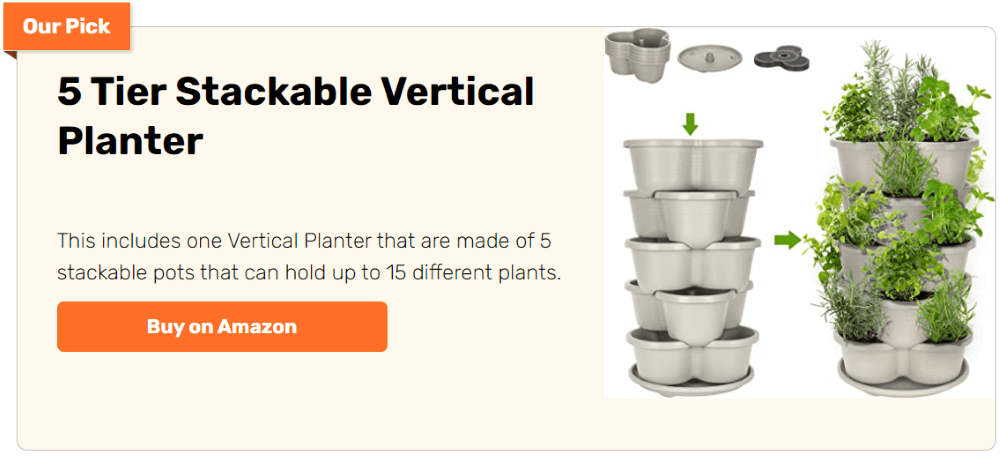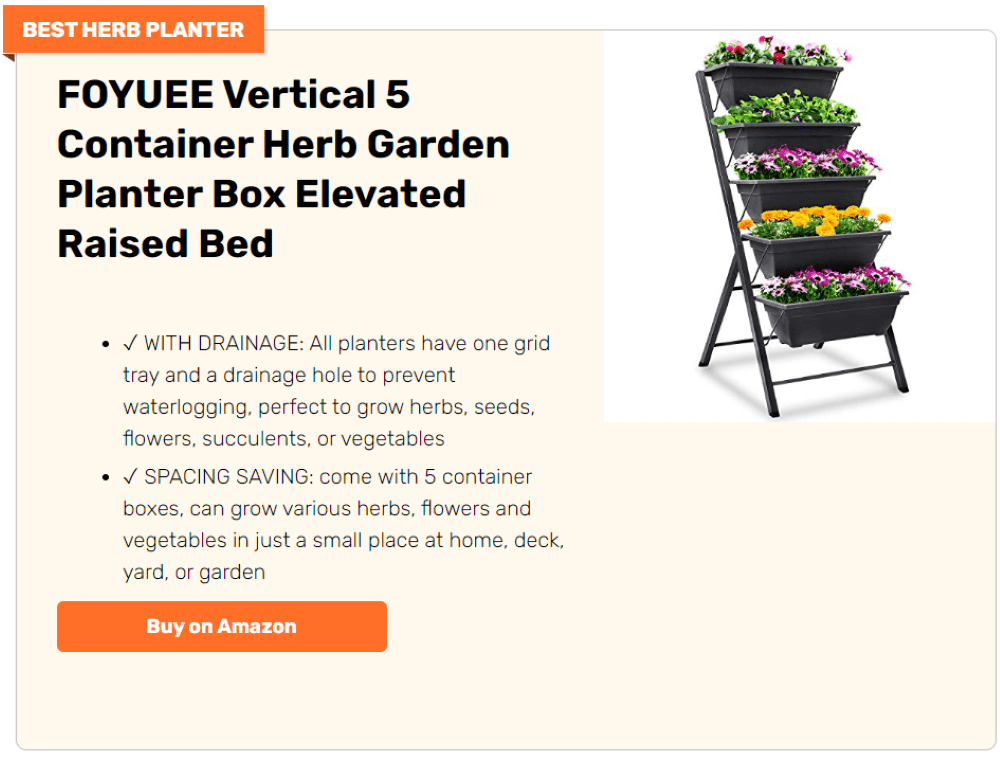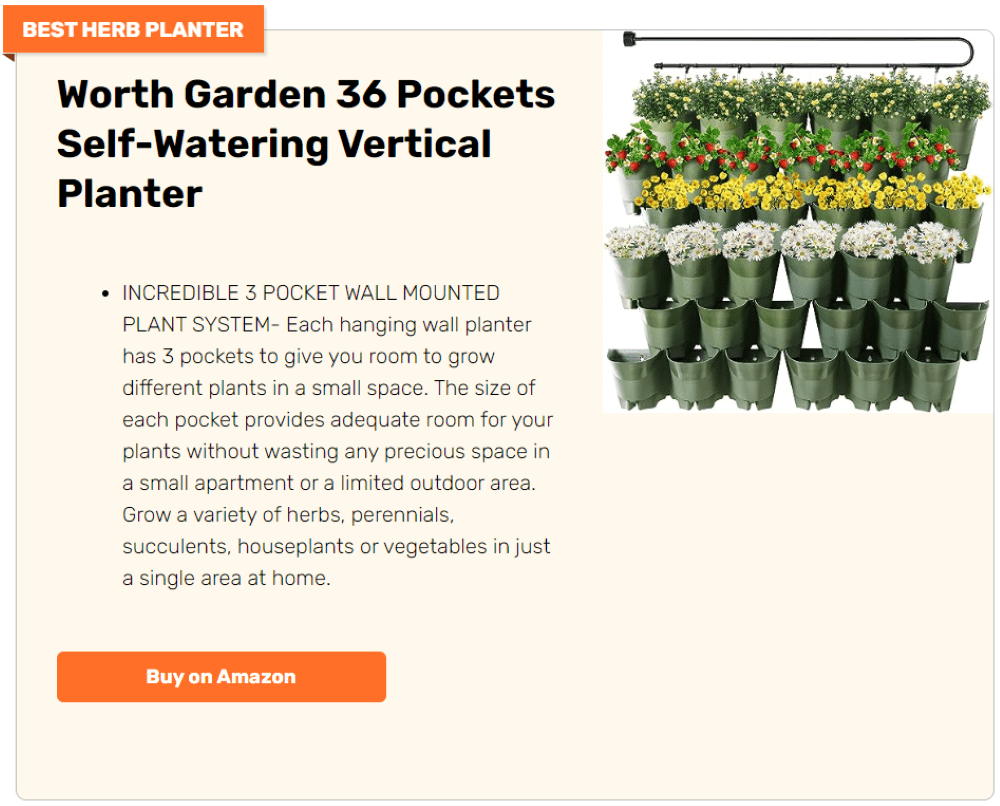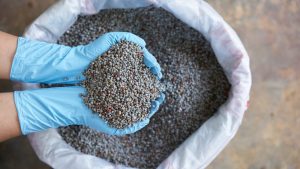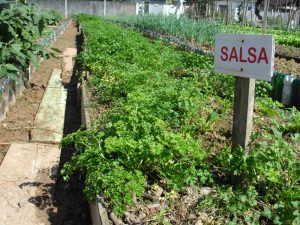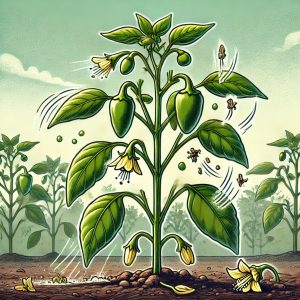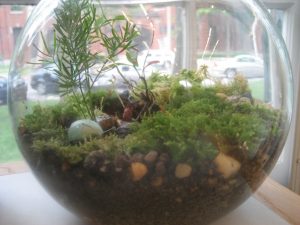Last Updated on August 15, 2023 by teamobn
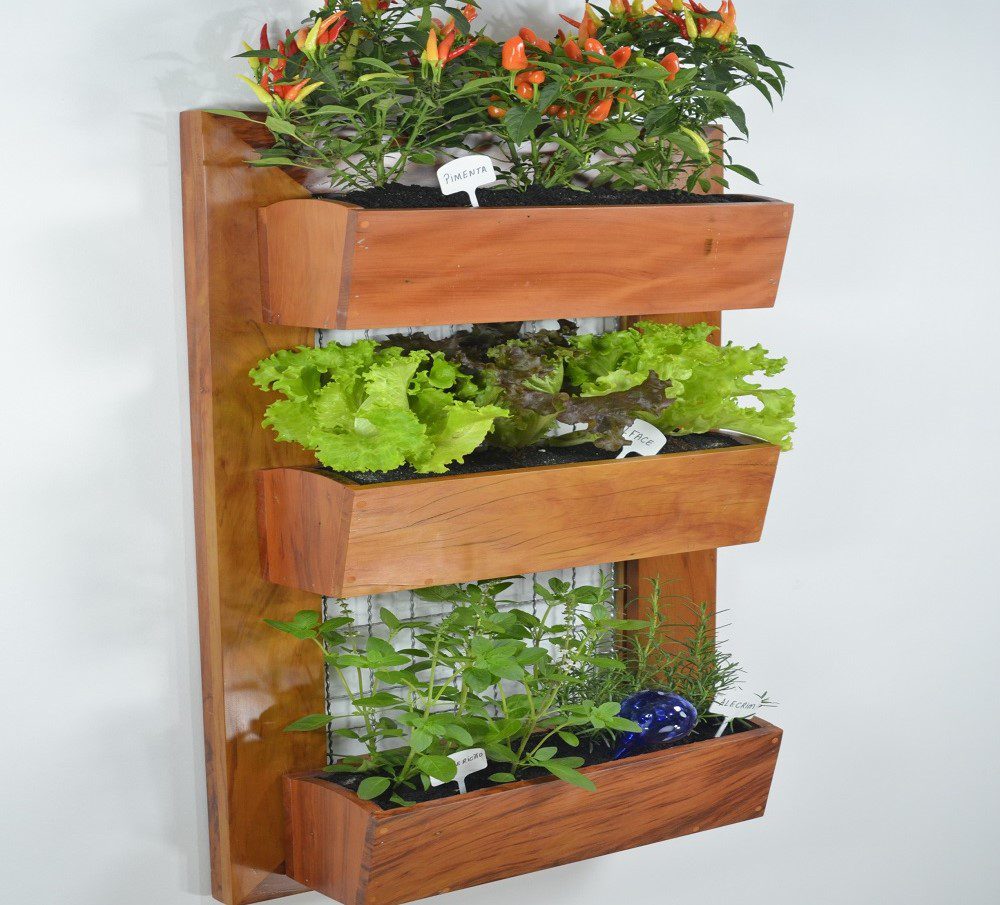
For any serious gardener, achieving maximum harvest yields from the available space is a priority. Vertical gardening is a great way to maximize space and yield from a small garden.
Vertical gardening is a method of cultivating plants upwards, rather than outwards. This can be achieved through a variety of techniques, including using potting containers, frames, poles, trellises, and other structures.
With vertical gardening, gardeners can grow a wide variety of vegetables, fruits, and herbs in a smaller space. In this blog post, we will discuss the benefits of vertical gardening and provide tips on how you can achieve maximum harvest yields through this method.
We will discuss how vertical gardening can save space, conserve water, increase yields, and improve air quality. We will also provide tips on selecting the right plants, setting up support structures, and maintaining a vertical garden.
This blog post will provide an invaluable resource for any gardener looking to maximize their harvest yields!
1. Benefits of vertical gardening
Contents
- 0.1 1. Benefits of vertical gardening
- 0.2 2. Plant selection and spacing
- 0.3 3. Appropriate soil, compost, and nutrient mixtures
- 0.4 4. Considerations for sun, shade, and temperature
- 0.5 5. Efficient irrigation and drainage
- 0.6 6. Pest prevention techniques
- 0.7 7. Appropriate trellis and support structures
- 0.8 8. Pruning and harvesting techniques
- 1 The Takeaway
Vertical gardening is an innovative way to greatly increase the amount of space available for growing plants. The benefits of vertical gardening are numerous. By growing plants vertically, you can maximize the yield of a small area, making the most of the sunlight, water, and other resources available.
Vertical gardening also helps to reduce the number of pests and diseases that can attack the plants, and it makes it easier to access and maintain the plants. Needless to say, vertical gardening can be also aesthetically pleasing, allowing you to create a living wall of plants and flowers.
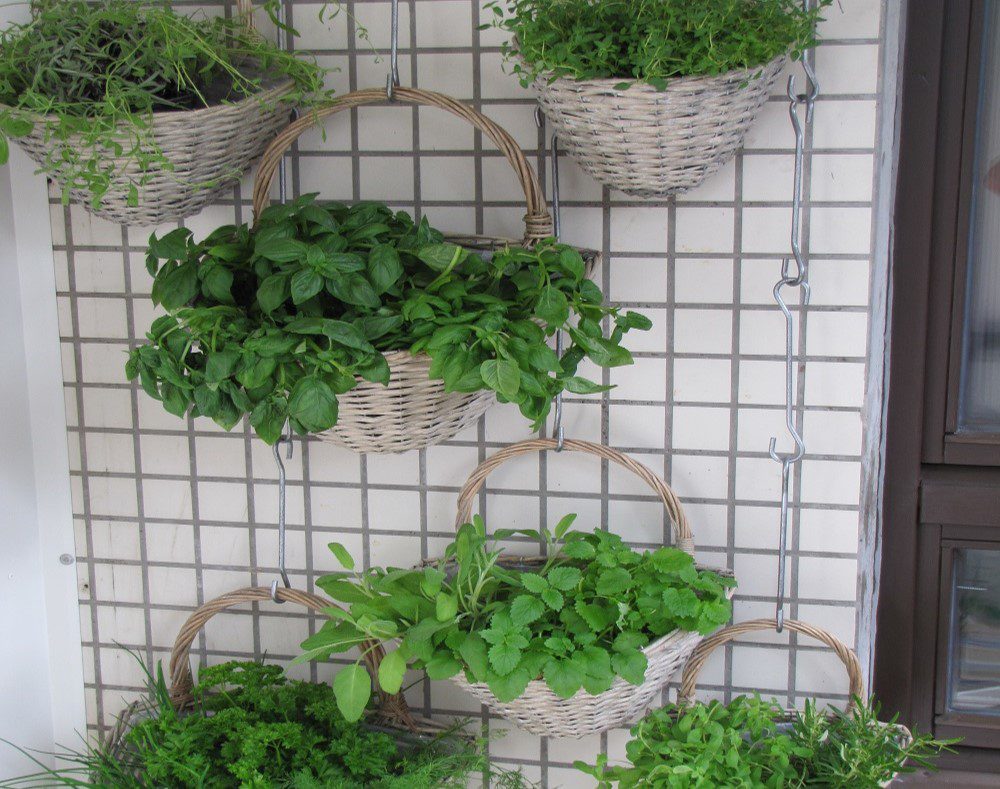
2. Plant selection and spacing
When it comes to vertical gardening, selecting the right types of plants is key to achieving maximum harvest yields. Consider the size and shape of your vertical garden and the amount of light available. Choose plants that will thrive in the specific environment you have created. Additionally, you must take into account the spacing between plants, as overcrowding can reduce yields.
When deciding on the optimal spacing for your garden, consider the space between plants, the roots, and the height of the plants. Allow for a few inches of space between different plant types to ensure that they get the proper amount of light and nutrition. This will help to promote healthy growth and blooming, as it gives the plants the room they need to spread their roots and explore their environment.
As you walk through the garden, the varying distances between different plants will create a striking visual contrast and add a sense of depth to the space. The contrast between light and shadow, and the different textures of the leaves, will create an inviting atmosphere for all visitors.
3. Appropriate soil, compost, and nutrient mixtures
When you are into vertical gardening, soil, compost, and nutrient mixtures are a key part of achieving maximum harvest yields. It is important to choose the right soil mixture for your plants. A mixture of organic materials like compost, peat moss, and/or coconut coir can help provide the nutrients that the plants need to thrive.
Using compost is a great way to give your plants the nourishment they need to reach their fullest potential, but it’s important to remember that the right ratio of nitrogen to carbon is essential. Too much nitrogen can be detrimental to the health of your plants, as it can cause them to become stunted and weak.
When creating compost, you’ll need to be sure to balance the amount of green material (high in nitrogen) and brown material (high in carbon) to ensure your plants have the best chance of thriving. You can mix in a variety of different materials such as grass clippings, kitchen scraps, leaves, and straw to create the perfect compost blend.
You also likely want to consider adding a nutrient-rich fertilizer or supplement to the soil to increase the nutrient content. Also, it is important to ensure that the soil is properly aerated and well-drained so that your plants have access to plenty of oxygen and moisture.
4. Considerations for sun, shade, and temperature
When it comes to vertical gardening, it’s important to consider how much sun and shade the plants will receive, as well as the temperature. For example, leafy greens and herbs like lettuce and basil require about 6-8 hours of direct sunlight each day, while root vegetables, such as potatoes and carrots, prefer more shade.
The temperature is just one factor that can affect your plant’s growth and yield. It’s important to consider the other elements that will influence the plants, such as the amount of sun and shade, as well as the heat they will receive.
Depending on the type of plant you’re growing, too much or too little of any of these elements can cause the plant to wilt and suffer. Make sure you properly research what temperature, sun, shade, and heat your plants need before you start planting. With the right balance, you can ensure your garden will flourish!
5. Efficient irrigation and drainage

Achieving maximum harvest yields in a vertical garden requires an efficient irrigation and drainage system. If the soil is too wet, the roots of the plants will become waterlogged, and the leaves will start to yellow. If the soil is too dry, the plants won’t be able to absorb the necessary nutrients for healthy growth.
It’s important to find the right balance between hydration and drainage for your plants. You can design your own irrigation system, or you can purchase a pre-made system. Make sure to include a timer to ensure that the plants are receiving the appropriate amount of water.
Be sure to install a drainage system, such as a French drain, to prevent water buildup and root rot. Taking the extra step to install one, can be a lifesaver for your plants. Water buildup and root rot can be serious issues for gardeners, and French drains are designed to protect your plants from these issues.
Not only are French drains an excellent way to keep your plants healthy and vibrant, but they also add a touch of elegance to your garden. With their cleverly designed curves and lines, French drains can be a beautiful addition to any backyard.
6. Pest prevention techniques
One of the key elements of successful vertical gardening is preventing pest infestations. This can be done by avoiding overcrowding of plants, giving them enough space to thrive.
Crowded plants don’t look good and it’s not good for the plants either. Give your plants plenty of space to spread their roots and reach for the sky – it’ll make them happier. If a plant is overcrowded, it can’t get the sunlight and resources it needs to survive, so make sure you give your plants some breathing room.
Additionally, it is important to practice diligent pest control. Regularly inspect plants for pests, remove infested plants from the garden, and use organic or non-chemical pest prevention techniques such as insect traps, diatomaceous earth, and beneficial insects. And, it is important to ensure that the area around the garden is kept clean to prevent the spread of pests.
7. Appropriate trellis and support structures
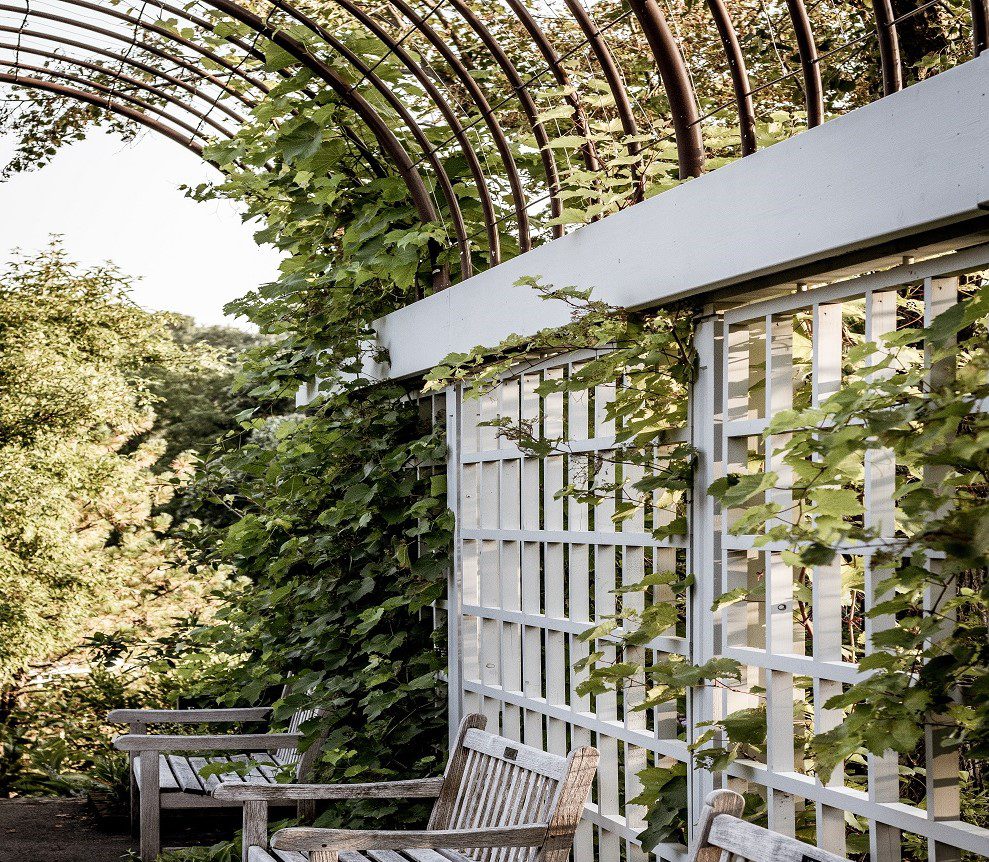
Once you have chosen the type of plants you want to grow in your vertical garden, it is essential to select the appropriate trellis and support structures. This will ensure that plants will get the support they need to reach their maximum height potential and produce a high yield of fruit and vegetables.
The most common trellis materials are plastic netting, metal, and wood. Each material comes with its own advantages and disadvantages, so you should consider the weight, longevity, cost, and aesthetic of each material before making a decision. Additionally, attaching a trellis to the wall or other support structure should be done securely and safely, as plants can become heavy when in full bloom.
8. Pruning and harvesting techniques
Pruning and harvesting techniques are essential for achieving maximum harvest yields in vertical gardening. Pruning should be done regularly, to ensure adequate air circulation and allow for new growth. Pruning can be done by cutting off any dead or dying branches and thinning out overcrowded areas.
Pruning encourages plants to have a bushy shape, making them more productive and easier to manage. When harvesting, it is important to pick fruits and vegetables at the peak of their ripeness. This will ensure maximum flavor, nutrition, and shelf life. It is also important to harvest regularly, as this can reduce the risk of pests and diseases.
The Takeaway
Vertical gardening is a great way to maximize your harvest yields while minimizing your use of space. By properly planning and arranging your garden, you can ensure that you get the most out of your space, while also taking into account sunlight, water, and other resources.
With vertical gardening, you can enjoy a bounty of fruits, vegetables, herbs, and other plants all year round!

